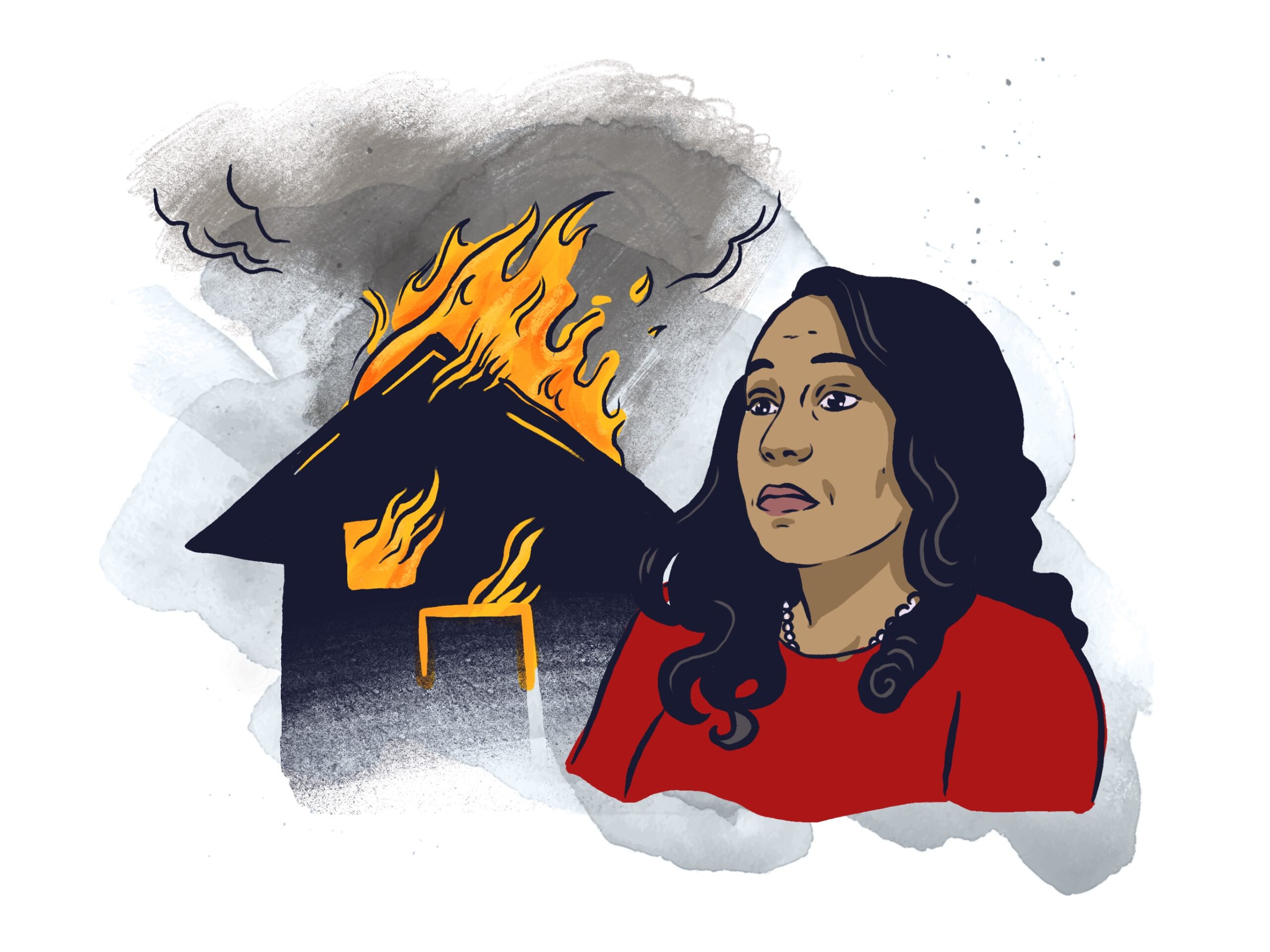You can’t help yourself. You end up watching Trump’s first press conference. Trump emerges from the White House with a pen and Secret Service agents conspicuously by his side. In front of hundreds of cameras, he declares a state of emergency over the “influx of illegals at the Mexican border.” He walks back into the White House.


This is far short of his campaign promise to “act like a dictator on day 1” and order the military to the border. But the authorization gives cover for others. Texas and Arizona governors order their National Guards to patrol the border extensively. Right-wing militias join the efforts, but most of Trump’s base feels let down. To make up for it, he posts furiously through the night: “I AM YOUR JUSTICE. THIS IS JUST THE BEGINNING. Must purge the deep state.”
Over the next 100 days, Trump only signs a few more executive orders. He pardons himself of all federal crimes and all the January 6th insurrectionists. He pulls out of the Paris Agreement on climate change. He appoints loyalists in his cabinet. All these moves are the tamest versions of what some feared — but his base demands he do more, and faster.


Over the next 100 days, Trump’s grievances outpace his orders — but even his grievances create real-world impacts. As court cases against him in Georgia continue, Trump posts a series of increasingly hostile messages, ending with the fiery-. The message is received by the Proud Boys and others who begin to harass Atlanta District Attorney Fani Willis at her home. Her home is firebombed twice. And her father, who was alone in the house, survives a drive-by shooting. Armed MAGA protestors intimidate court staffers across the country, calling them traitors.
